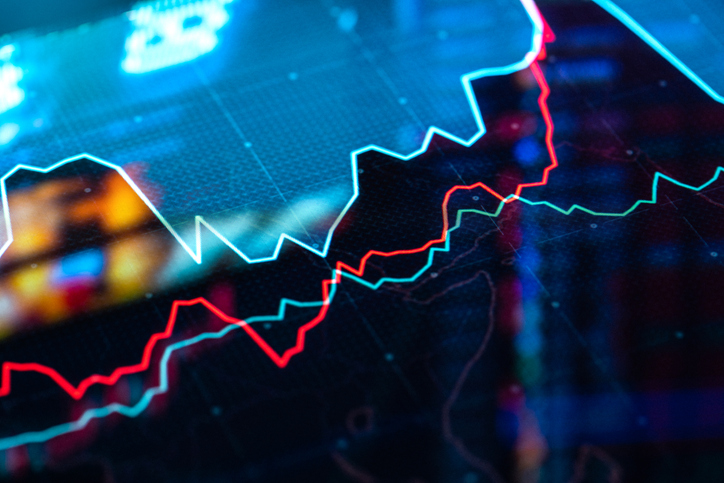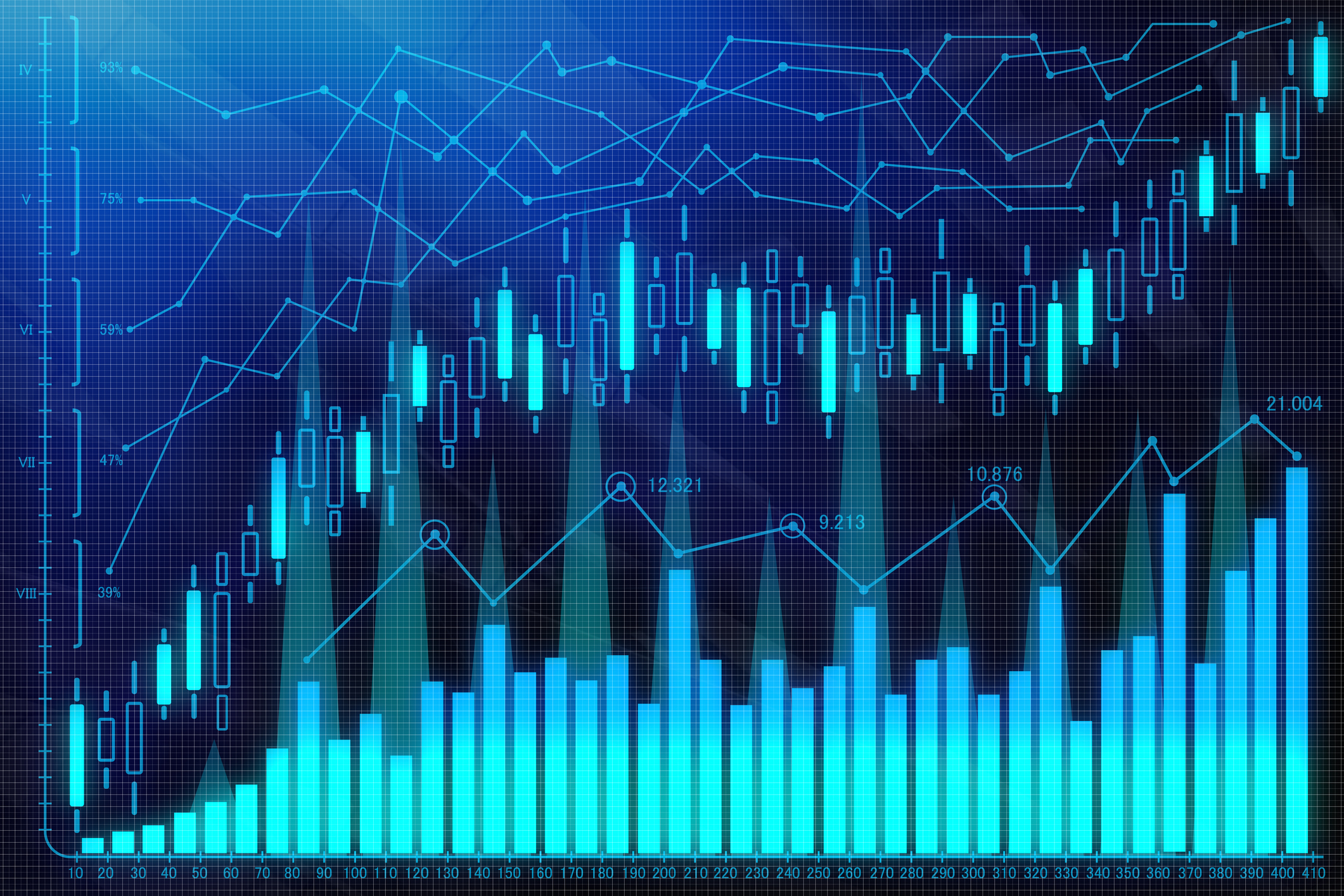The (Best) Book on Dividends
Fund manager Dan Peris explains how you can reap the rewards of dividend-paying stocks in his new book, The Strategic Dividend Investor.

I'm amazed at how so many otherwise worthy stock-market books ignore dividends or dismiss them as meaningless. Even Kiplinger columnist Jeremy Siegel, in his classic book Stocks for the Long Run, glides over them in 350 pages of otherwise astute analysis of why stocks are indispensable.
By no means am I suggesting that Siegel and others are clueless. They make many valid points in arguing against the relative importance of dividends. For example, they note, when you get a dividend in a taxable account, you need to square up with the IRS by the following April 15. When it comes to paying taxes on appreciation, you can control when to realize a gain. Losses have value, too, because you can use them to offset gains and some non-investment income. You can’t use capital losses to shelter dividend income.
But dividends have a lot to commend them, too. And you’ll learn about them if you read The Strategic Dividend Investor, a new book by Dan Peris, a splendid fund manager with a doctorate in history whom I’ve quoted a few times in this column. (It’s available for $15 in print and $10 in e-book format at Amazon).
From just $107.88 $24.99 for Kiplinger Personal Finance
Become a smarter, better informed investor. Subscribe from just $107.88 $24.99, plus get up to 4 Special Issues

Sign up for Kiplinger’s Free Newsletters
Profit and prosper with the best of expert advice on investing, taxes, retirement, personal finance and more - straight to your e-mail.
Profit and prosper with the best of expert advice - straight to your e-mail.
Peris manages Federated Strategic Value Dividend Fund. It is a broker-sold fund with hefty sales charges, so Kiplinger’s readers don’t hear much about it. Class A shares (symbol SVAAX) impose a 5.5% sales charge and take another 1.05% per year for expenses. Even if the fees were lower, I wouldn’t be enthusiastically endorsing the fund. Many investors are better served by buying a basic market index fund, adding a dividend-oriented exchange-traded fund, such as iShares Dow Jones Select Dividend (DVY), and throwing some high-quality dividend-paying stocks and bonds into the mix. This avoids high fund expenses and minimizes commissions, except for trivial online trading tolls. You also avoid the chance that a fund will see too much money flowing in and out at inconvenient times, making it difficult for its manager to, well, manage efficiently.
That’s not a problem for Peris, however, because his fund doesn’t attract hot money. That said, Strategic Value is having a fine 2011. Year to date through June 10, the fund returned 5.84%, four percentage points better than Standard & Poor’s 500-stock index and two points ahead of DVY, the Dow dividend ETF. Strategic Value’s current yield is 3.3%. When I screened for comparable no-load funds on Morningstar, the closest match in terms of performance and holdings was Dodge & Cox Stock (DODGX), a member of the Kiplinger 25 and a fund I’d recommend to anyone.
Back to dividends, as long as the maximum federal income tax rate on them remains 15%, they are a treasure. Moreover, even after big share-price run-ups since the stock market’s 2009 nadir, many blue-chip stocks yield as much or more than the same company’s short- and medium-term bonds. But bonds don’t provide dividend increases, and dividends are growing in most industries except banking. Among stocks in the S&P 500, dividends are up 17.2% from a year ago. In 2010, 256 companies resumed or initiated dividends, and 196 have done so thus far in 2011.
Many of you are in the know about this and need no persuasion. But it’s worth repeating, since these days, buying a stock without a dividend, unless it’s Apple, is silly. So I suggest you read Peris’s book. It’s not long, and much of it contains nuts-and-bolts advice for choosing dividend stocks. He likes AT&T (T) and Verizon Communications (VZ) -- they were his fund’s two top holdings at last report -- and explains why he’s confident that the two telecommunication giants will remain substantial sources of yield. The clues are in the companies’ quarterly cash-flow statements, which Peris finds way more useful than earnings statements or even balance sheets. If you find a company that doesn’t have much in the way of capital-expenditure requirements and generates rising cash flow (earnings plus depreciation and other non-cash charges), that company will produce rising free cash flow, and you have discovered a potential fountain of dividends.
Kimberly-Clark (KMB) is one of Peris’s prime examples. So are tobacco companies (please don’t flame me about smoking; I hate it with a passion, but this isn’t a health column). Their dividends are secure despite periodic inflation scares. But I get the sense Philip Morris could pay billions upon billions to cancer victims and their families and still have the wherewithal to pay big dividends.
Peris mocks stock buybacks because shareholders don’t really get cash payments. He offers welcome info on trolling for dividends in foreign stocks, something you might overlook but can do with the help of a Web site such as www.adr.com. Peris also details the essential role of dividends in the long-term returns of stocks. Without dividends, the stock market’s long-term return would be nowhere near that gaudy compounded annual return of 10% that Jeremy Siegel sings about in Stocks for the Long Run (over the long run, dividends account for about 42% of the market’s long-term returns). Read Siegel, please. But give a dividend book equal time. And I haven’t seen a better one than The Strategic Dividend Investor.
Profit and prosper with the best of Kiplinger's advice on investing, taxes, retirement, personal finance and much more. Delivered daily. Enter your email in the box and click Sign Me Up.

Kosnett is the editor of Kiplinger Investing for Income and writes the "Cash in Hand" column for Kiplinger Personal Finance. He is an income-investing expert who covers bonds, real estate investment trusts, oil and gas income deals, dividend stocks and anything else that pays interest and dividends. He joined Kiplinger in 1981 after six years in newspapers, including the Baltimore Sun. He is a 1976 journalism graduate from the Medill School at Northwestern University and completed an executive program at the Carnegie-Mellon University business school in 1978.
-
 Fed's Rate Cuts Could Have Impacts You Might Not Anticipate
Fed's Rate Cuts Could Have Impacts You Might Not AnticipateUnderstanding how lower interest rates could impact your wallet can help you determine the right financial moves to make.
-
 Past Performance Is Not Indicative of Your Adviser's Expertise
Past Performance Is Not Indicative of Your Adviser's ExpertiseMany people find a financial adviser by searching online or asking for referrals from friends or family. This can actually end up costing you big-time.
-
 I'm want to give my 3 grandkids $5K each for Christmas.
I'm want to give my 3 grandkids $5K each for Christmas.You're comfortably retired and want to give your grandkids a big Christmas check, but their parents are worried they might spend it all. We ask the pros for help.
-
 AI Stocks Lead Nasdaq's 398-Point Nosedive: Stock Market Today
AI Stocks Lead Nasdaq's 398-Point Nosedive: Stock Market TodayThe major stock market indexes do not yet reflect the bullish tendencies of sector rotation and broadening participation.
-
 Dow Adds 646 Points, Hits New Highs: Stock Market Today
Dow Adds 646 Points, Hits New Highs: Stock Market TodayIt was "boom" for the Dow but "bust" for the Nasdaq following a December Fed meeting that was less hawkish than expected.
-
 Dow Rises 497 Points on December Rate Cut: Stock Market Today
Dow Rises 497 Points on December Rate Cut: Stock Market TodayThe basic questions for market participants and policymakers remain the same after a widely expected Fed rate cut.
-
 JPMorgan's Drop Drags on the Dow: Stock Market Today
JPMorgan's Drop Drags on the Dow: Stock Market TodaySmall-cap stocks outperformed Tuesday on expectations that the Fed will cut interest rates on Wednesday.
-
 Stocks Slip to Start Fed Week: Stock Market Today
Stocks Slip to Start Fed Week: Stock Market TodayWhile a rate cut is widely expected this week, uncertainty is building around the Fed's future plans for monetary policy.
-
 Stocks Keep Climbing as Fed Meeting Nears: Stock Market Today
Stocks Keep Climbing as Fed Meeting Nears: Stock Market TodayA stale inflation report and improving consumer sentiment did little to shift expectations for a rate cut next week.
-
 Small Caps Hit a New High on Rate-Cut Hope: Stock Market Today
Small Caps Hit a New High on Rate-Cut Hope: Stock Market TodayOdds for a December rate cut remain high after the latest batch of jobs data, which helped the Russell 2000 outperform today.
-
 UNH Sparks a 408-Point Surge for the Dow: Stock Market Today
UNH Sparks a 408-Point Surge for the Dow: Stock Market TodayThe best available data right now confirm both a slowing employment market and a December rate cut, a tension reflected at the equity index level.